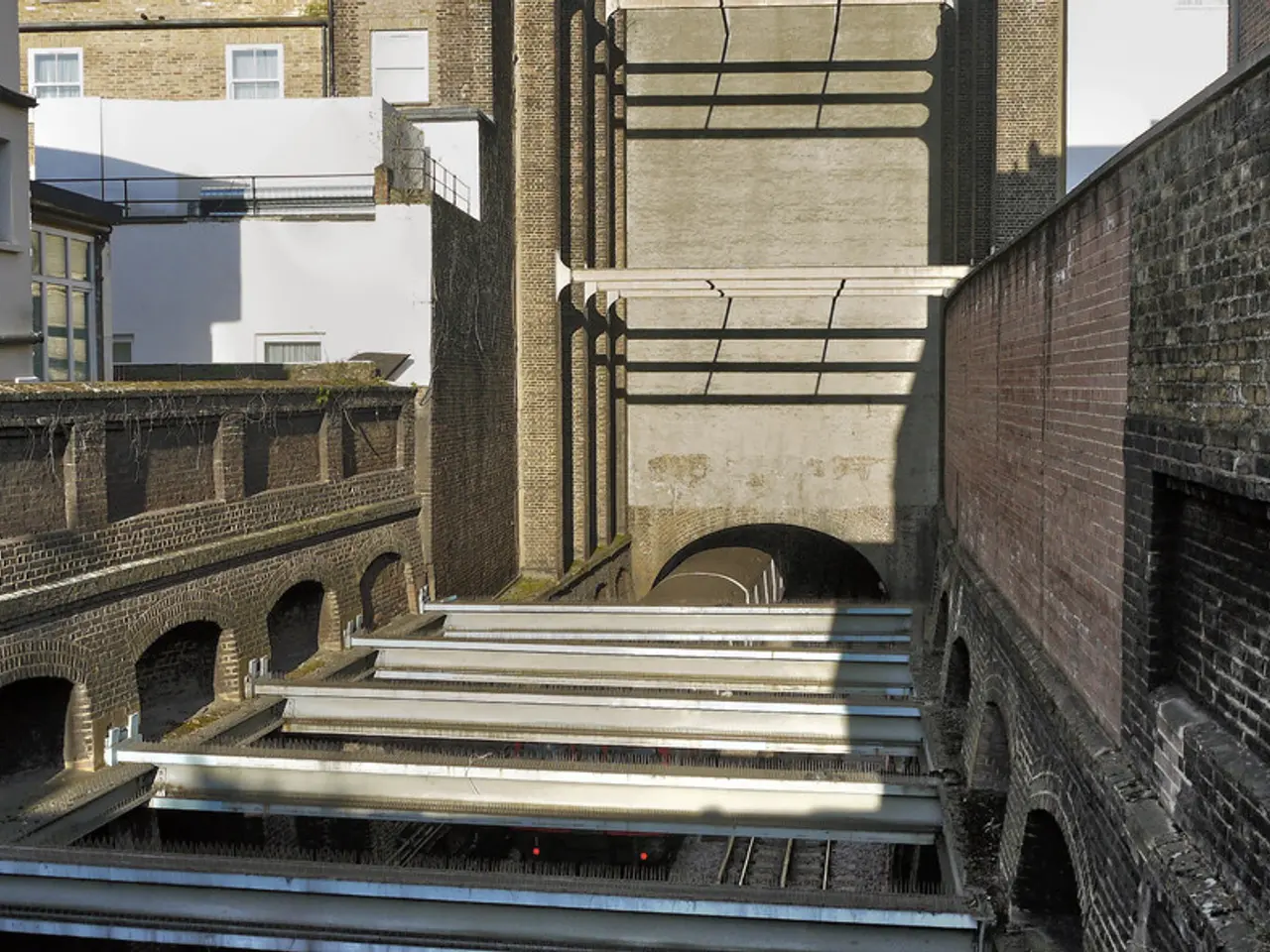Test drilling is currently being carried out on the ICE route between Bielefeld and Hannover
The German Railway has announced that preparatory work for the new construction line connecting Bielefeld and Hannover is underway. This project forms part of a major rail upgrade aimed at increasing speed and capacity, with the expansion of the Fernbahn (long-distance railway) section from Hamm to Bielefeld for speeds up to 300 km/h.
The route, which lies in the northwestern part of Germany, connects the city of Bielefeld in the state of North Rhine-Westphalia with Hannover in Lower Saxony. The line is being upgraded mostly on existing tracks between Hamm, Bielefeld, Herford, and Hannover, forming part of the key east-west corridor supporting Germany’s Deutschlandtakt timetable concept.
Key aspects of the route and work include:
- The modernization of the section for higher speeds (up to 300 km/h for long-distance trains).
- The freight lines Hamm – Herford will be equipped for passenger use at speeds up to 160 km/h.
- Construction impacts, such as train stop cancellations at Bielefeld and Gütersloh during parts of 2025, and month-long traffic restrictions at the Herford overpass renewal until late 2025.
The drilling process, being carried out by an unspecified railway company, is a crucial part of the preparatory work. It will take place only during the day and outside the breeding and mating seasons to minimise disruption. Each drilling takes between two and six weeks, depending on the depth, with special drilling machines used to take soil samples, with drill holes ranging from 30 to 230 meters deep.
The purpose of the drilling is to gather precise data for planning a tunnel through the Weser Mountains. This data will help ensure the successful construction of the tunnel for the new line. The soil samples will be analysed on-site and in the lab to determine the hardness or looseness of the soil, the alternation of rock layers, and the flow of water in the area.
Adjustments to the planned route at individual points may occur based on the final evaluation. An investigation near a protected area showed no danger to rare species. A total of six test drillings are planned: four on the surface and two from the mine Grube Nammen. Important information is missing in several places in the archive documents, necessitating targeted drilling to fill these gaps.
First results from the drilling are expected during the works, with the final evaluation in spring 2026. The new construction line between Bielefeld and Hannover is expected to become part of the Germany Timetable in the future.
Listen to Lokalzeit Ostwestfalen-Lippe on August 11, 2025, for more updates on this topic. The noise level during drilling is comparable to that of a tractor. All drilling sites are outside sensitive protected areas. The works for the new construction line are scheduled to continue until December 2025.
- The drilling process, a crucial part of the preparatory work for the new construction line connecting Bielefeld and Hannover, will provide data necessary for planning a tunnel through the Weser Mountains, ensuring successful construction of the tunnel for the technology-advanced high-speed rail line.
- Amid the upgrades in the rail sector, including the modernization of the Fernbahn (long-distance railway) section from Hamm to Bielefeld for speeds up to 300 km/h and the development of the key east-west corridor, the news emerges about the new construction line connecting Bielefeld and Hannover, offering advancements in both technology and transportation infrastructure.




